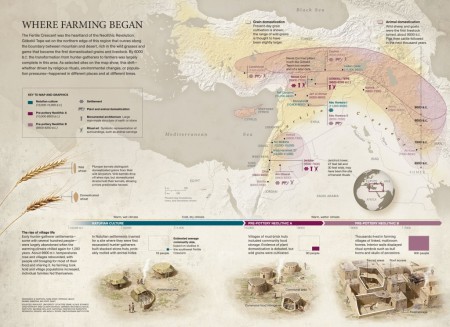![]() Two huge data analysis papers from CGIAR centres and assorted partners came out recently. As far as I can see, the work was done independently of each other, and the teams looked at distinct, though related, aspects of smallholder agriculture in Africa. But, intriguingly, the results pointed in the same direction.
Two huge data analysis papers from CGIAR centres and assorted partners came out recently. As far as I can see, the work was done independently of each other, and the teams looked at distinct, though related, aspects of smallholder agriculture in Africa. But, intriguingly, the results pointed in the same direction.
The first paper ((Frelat R, Lopez-Ridaura S, Giller KE, Herrero M, Douxchamps S, Djurfeldt AA, Erenstein O, Henderson B, Kassie M, Paul BK, Rigolot C, Ritzema RS, Rodriguez D, van Asten PJ, & van Wijk MT (2016). Drivers of household food availability in sub-Saharan Africa based on big data from small farms. Proceedings of the National Academy of Sciences of the United States of America, 113 (2), 458-63 PMID: 26712016)) was led by Mark van Wijk, a scientist at the International Livestock Research Institute (ILRI) and looked at a “unique dataset covering land use and production data by more than 13,000 smallholder farm households in 93 sites in 17 countries across sub-Saharan Africa.” What determined the food security of these households? The second bit of research was led by Louise Sperling while working with the International Center for Tropical Agriculture (CIAT). ((McGuire, S., & Sperling, L. (2016). Seed systems smallholder farmers use Food Security DOI: 10.1007/s12571-015-0528-8)) She’s now a Senior Technical Adviser at Catholic Relief Services (CRS). The paper “examined some 10,000 seed transactions across five African countries and Haiti.” Where did smallholders get their seeds from?
The answer to both questions was: markets. You want seeds? You need the local market.
…farmers access 90.2% of their seed from informal systems with 50.9% of that deriving from local markets.
You want food security? You need the local market.
Farm households sell produce even when they do not produce enough food to be self-sufficient: 83% of the farm household sell part of their crop produce, and only 4% of the farmers do not sell anything of their crop or livestock produce. Thus, market access is crucial to ensure or improve the livelihoods of these families.
Very interesting in its own right, of course. And much more data of this sort are needed. But one does wonder how many more household-level datasets of this type are out there in CGIAR vaults that could inform each other’s analysis. Or indeed whether there might have been value added to gathering the seed and food security (and other?) data together in the first place.
